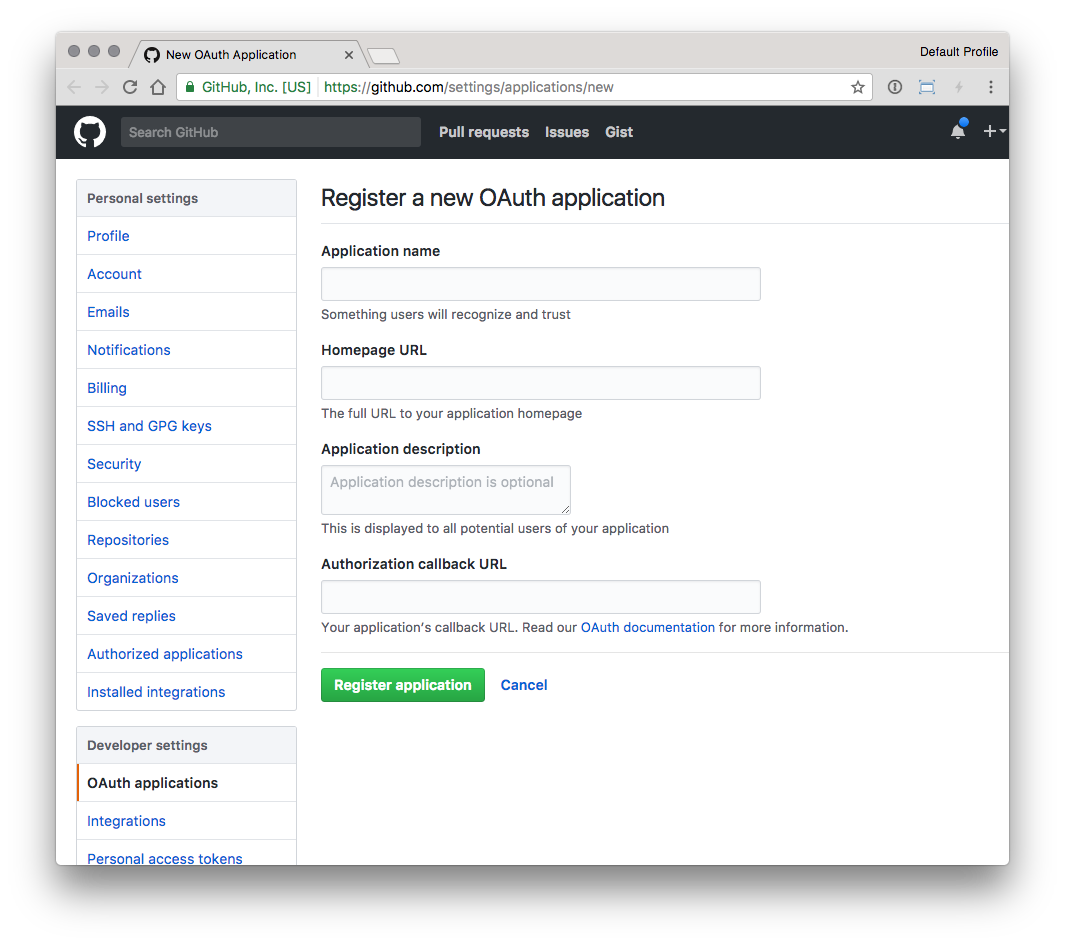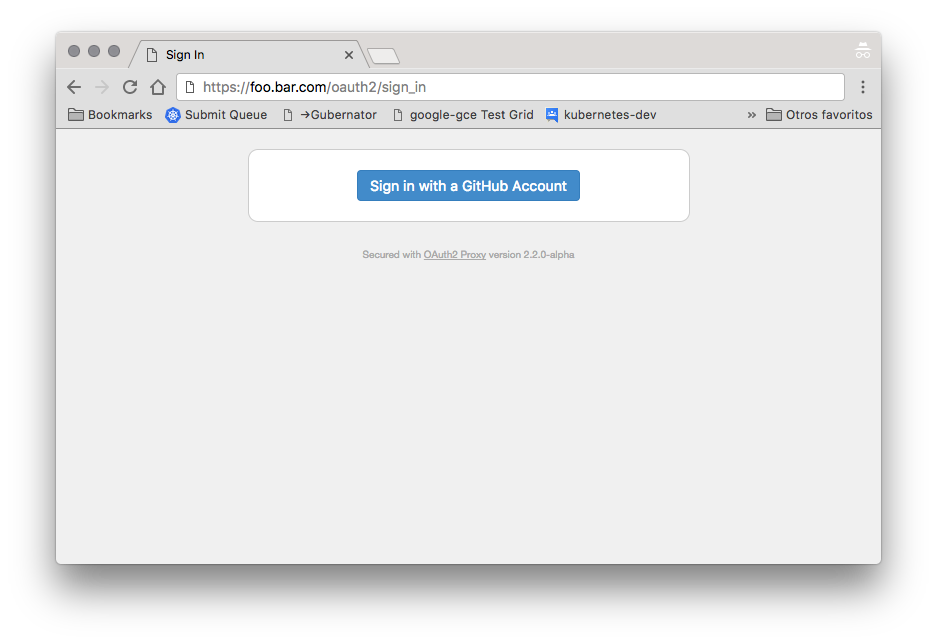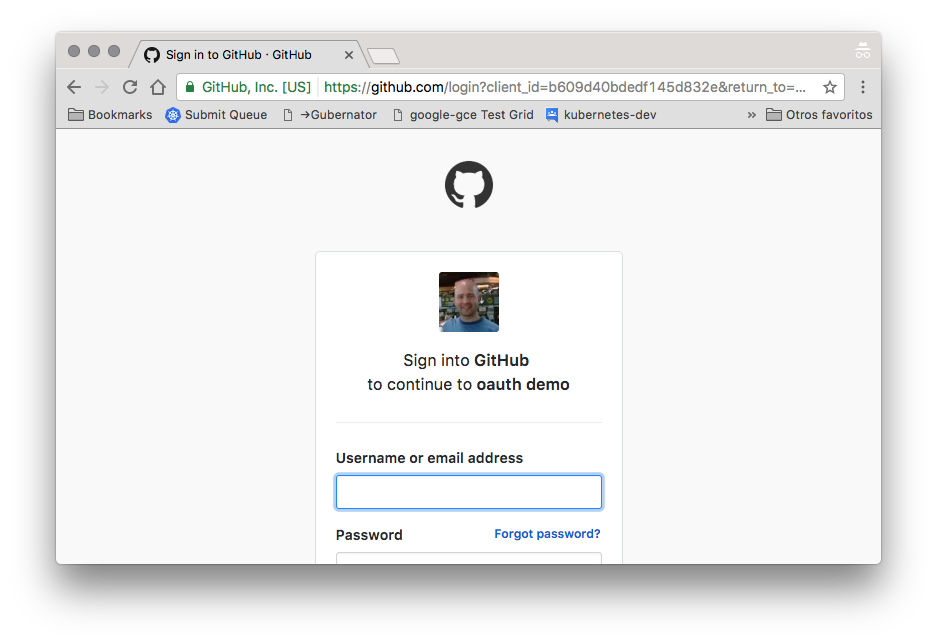* clarify link * Add section headers * console blocks * grpc example json was not valid * multi-tls update text The preceding point 1 related to4f2cb51ef8/ingress/controllers/nginx/examples/ingress.yamland the deployments referenced in4f2cb51ef8/ingress/controllers/nginx/examples/README.mdThey are not relevant to the current instructions. * add whitespace around parens * grammar setup would be a proper noun, but it is not the intended concept, which is a state * grammar * is-only * via * Use bullets for choices * ingress-controller nginx is a distinct brand. generally this repo talks about ingress-controller, although it is quite inconsistent about how... * drop stray paren * OAuth is a brand and needs an article here also GitHub is a brand * Indent text under numbered lists * use e.g. * Document that customer header config maps changes do not trigger updates This should be removed if https://github.com/kubernetes/ingress-nginx/issues/5238 is fixed. * article * period * infinitive verb + period * clarify that the gRPC server is responsible for listening for TCP traffic and not some other part of the backend application * avoid using ; and reword * whitespace * brand: gRPC * only-does is the right form `for` adds nothing here * spelling: GitHub * punctuation `;` is generally not the right punctuation... * drop stray `to` * sentence * backticks * fix link * Improve readability of compare/vs * Renumber list * punctuation * Favor Ingress-NGINX and Ingress NGINX * Simplify custom header restart text * Undo typo damage Co-authored-by: Josh Soref <jsoref@users.noreply.github.com>
2.9 KiB
External OAUTH Authentication
Overview
The auth-url and auth-signin annotations allow you to use an external
authentication provider to protect your Ingress resources.
!!! Important
This annotation requires ingress-nginx-controller v0.9.0 or greater.
Key Detail
This functionality is enabled by deploying multiple Ingress objects for a single host. One Ingress object has no special annotations and handles authentication.
Other Ingress objects can then be annotated in such a way that require the user to
authenticate against the first Ingress's endpoint, and can redirect 401s to the
same endpoint.
Sample:
...
metadata:
name: application
annotations:
nginx.ingress.kubernetes.io/auth-url: "https://$host/oauth2/auth"
nginx.ingress.kubernetes.io/auth-signin: "https://$host/oauth2/start?rd=$escaped_request_uri"
...
Example: OAuth2 Proxy + Kubernetes-Dashboard
This example will show you how to deploy oauth2_proxy
into a Kubernetes cluster and use it to protect the Kubernetes Dashboard using GitHub as the OAuth2 provider.
Prepare
-
Install the kubernetes dashboard
kubectl create -f https://raw.githubusercontent.com/kubernetes/kops/master/addons/kubernetes-dashboard/v1.10.1.yaml -
Create a custom GitHub OAuth application
- Homepage URL is the FQDN in the Ingress rule, like
https://foo.bar.com - Authorization callback URL is the same as the base FQDN plus
/oauth2/callback, likehttps://foo.bar.com/oauth2/callback
- Homepage URL is the FQDN in the Ingress rule, like
-
Configure oauth2_proxy values in the file
oauth2-proxy.yamlwith the values:- OAUTH2_PROXY_CLIENT_ID with the github
<Client ID> - OAUTH2_PROXY_CLIENT_SECRET with the github
<Client Secret> - OAUTH2_PROXY_COOKIE_SECRET with value of
python -c 'import os,base64; print(base64.b64encode(os.urandom(16)).decode("ascii"))'
- OAUTH2_PROXY_CLIENT_ID with the github
-
Customize the contents of the file
dashboard-ingress.yaml:Replace
__INGRESS_HOST__with a valid FQDN and__INGRESS_SECRET__with a Secret with a valid SSL certificate. -
Deploy the oauth2 proxy and the ingress rules running:
$ kubectl create -f oauth2-proxy.yaml,dashboard-ingress.yaml
Test
Test the oauth integration accessing the configured URL, e.g. https://foo.bar.com




